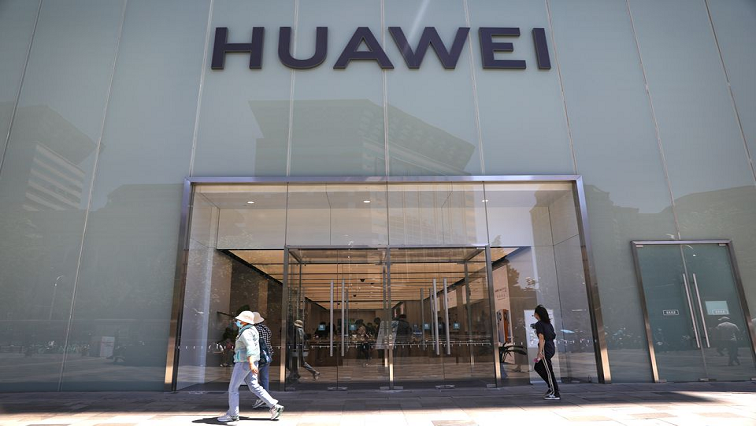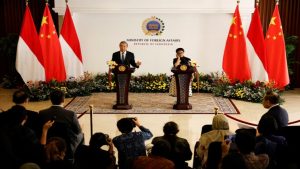A new series of smartphones launched by China’s Huawei Technologies (HWT.UL) has drawn global attention for containing technology that indicates the company has managed to overcome US sanctions and could come back as a rival to Apple (AAPL.O)
In late August, the company unveiled the Mate 60 and Mate 60 Pro, and on Friday launched two more smartphones, the Mate X5 which is a new version of its foldable phones, and the Mate 60 Pro+. The Mate 60 is priced from 5,999 yuan ($817.70), the same as Apple’s iPhone 14 in China.
Here are some key things to know about Huawei’s new phones, their suppliers, and what they could mean for the world’s largest smartphone market:
What is the Mate 60 Series capable of?
Huawei has mainly advertised the smartphones’ ability to support satellite communications which allow users to place calls or send messages even in areas where there are no mobile signals or internet, such as on mountains or at sea.
It has not disclosed details of the chips used, but analysis firm TechInsights has found that the phone is powered by a new Kirin 9000s chip that was made in China by Semiconductor Manufacturing International Corp (SMIC) (0981.HK).
Speed tests shared by buyers on Chinese social media have suggested that the Mate 60 Pro is capable of download speeds exceeding those of top line 5G phones.
Chinese buyers comparing the phones to Apple’s latest iPhone 14 have posted reviews online saying they have comparable specifications like storage and memory. Huawei’s launch also comes days before Apple is expected to launch its new iPhone 15 on Sept. 12.
Who are the Mate 60’s suppliers?
Huawei has not officially named the suppliers for the phones’ components, though apart from SMIC, TechInsights also said it found South Korea’s SK Hynix’s (000660.KS) DRAM and NAND components in the phone.
SK Hynix, which said it stopped doing business with Huawei since the United States introduced restrictions on the firm in 2019, has said it is investigating.
The Mate 60 Pro contains more Chinese-made chip components than previous models, TechInsights also said.
Lists of possible Chinese suppliers have been widely circulated online, with shares of companies touted as possible candidates soaring on the speculation.
Most of these are existing suppliers to Huawei. Shares in Dongguan Chitwing Technology Co. Ltd (002241.SZ), which makes molds, for instance rose by the daily upward limit of 10% in the days after Huawei’s launch. It did not respond to a Reuters’ request for comment.
Suzhou-based display maker Visionox Technology (002387.SZ), whose shares have risen by 15% since the new smartphones were launched on Aug. 29, told Reuters it was a supplier for the new Mate 60 series.
What could it mean for Apple in China’s smartphone market?
Huawei was once the world’s largest smartphone firm by sales but saw its market share steadily slump after the United States cut its access to chip-making tools essential for producing the most advanced handset models. The company was left only able to sell limited batches of 5G models using stockpiled chips.
Its market share in China, the world’s largest smartphone market, has fallen to 11% so far this year compared to 27% in 2020, in part also due to its move to sell its budget brand Honor in what it described then as a bid to ensure its survival.
The U.S. restrictions left Apple as the main maker of premium smartphones in China. Over the same period, Apple’s market share in China rose to 19% from 11%,according to data from research firm Counterpoint.
Analysts say the Mate 60 might mark Huawei’s comeback as a rival, with sales helped by patriotic fervor as state media and internet users cheer the launch as a blow against the United States amid rising tensions between Washington and Beijing.
Ming-Chi Kuo, an analyst with TF International Securities, said he expects the Mate 60 Pro to ship between 5.5 to 6 million units for the second half of this year, up 20% from previously planned volumes.
And cumulative shipments of Mate 60 Pro could reach at least 12 million units 12 months after launch, according to Kuo.






